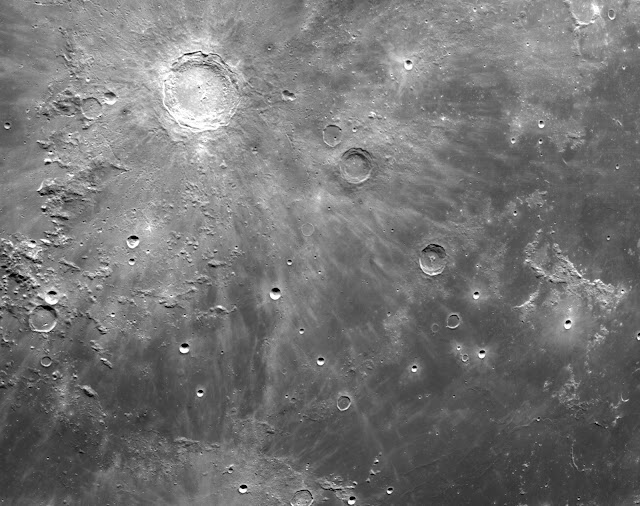Orion's Journey Home | NASA's Artemis I Moon Mission
On flight day 25 of the Artemis I mission, Orion captured this photo of the Earth from a camera mounted on one of its solar arrays. The spacecraft is now closer to Earth than to the Moon, and will splash down on Sunday, Dec. 11, 2022.
On flight day 25 of the Artemis I mission, Orion captured this photo of the Earth from a camera mounted on one of its solar arrays.
On flight day 24 of the Artemis I mission, Orion’s optical navigation camera captured this black-and-white photo of Earth as a sliver. Orion uses the optical navigation camera to capture imagery of the Earth and the Moon at different phases and distances, providing an enhanced body of data to certify its effectiveness under different lighting conditions as a way to help orient the spacecraft on future missions with crew.
On flight day 25 of the Artemis I mission, Orion captured this photo of the Moon from a camera mounted on one of its solar arrays.
Flight day 25 of the Artemis I mission: Orion captured this photo of the Moon

Orion looks back at the Moon on flight day 23 of the Artemis I mission, at the time over 180,000 miles away.
On flight day 25 of the Artemis I mission, Orion captured this photo of the Moon from a camera mounted on one of its solar arrays.
Orion looks back at the Moon on flight day 23 of the Artemis I mission, at the time over 180,000 miles away.
The Orion spacecraft is on its last full day in space with splashdown off the Baja Coast near Guadalupe Island in the Pacific Ocean targeted for 11:39 a.m. CST (12:39 p.m. EST) on Sunday, Dec. 11, 2022.
Orion launched on the Space Launch System (SLS) rocket from Launch Pad 39B at NASA’s Kennedy Space Center in Florida on Wednesday, Nov. 16, 2022. Artemis I is an uncrewed flight test of our SLS rocket, Orion spacecraft, and exploration ground systems for future Artemis missions—which will provide the foundation to send humans to the lunar surface, develop a long-term presence on and around the Moon, and pave the way for humanity to set foot on Mars.
Credit: NASA's Johnson Space Center (JSC)
Image Capture Date: Dec. 7, 2022
#NASA #ESA #Space #Earth #Moon #Artemis #ArtemisI #Orion #Spacecraft #DeepSpace #MoonToMars #JourneyToMars #Science #Engineering #Technology #Exploration #HumanSpaceflight #SolarSystem #UnitedStates #Europe #International #STEM #Education
V1.jpg)
V2.jpg)
V3.jpg)
V4.jpg)
V5.jpg)
V3B.jpg)














































